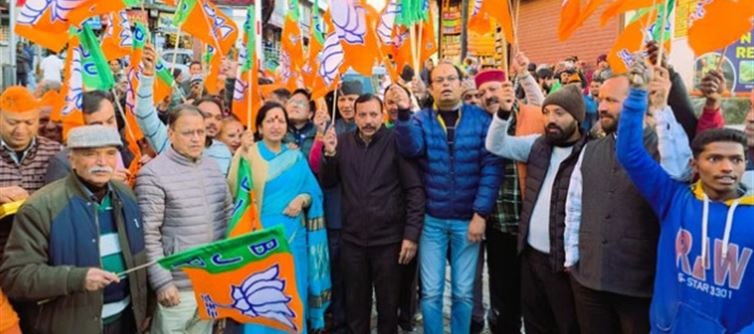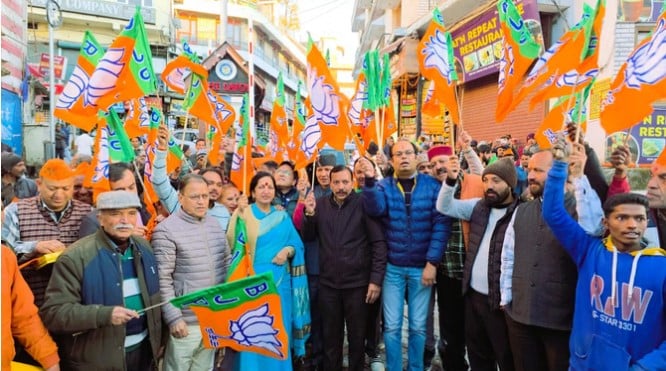
NDA’s Strengthened Position in bihar Elections
Key Vote Share Shifts
Chirag Paswan–Kushwaha’s combined vote share significantly boosted the NDA’s performance.
NDA’s vote bank increased by about 9% compared to the previous election.
The influence of Others (independents and unregistered parties) decreased sharply by around 10% from the previous election.
Primary Factors Behind NDA’s Historic Victory
The NDA’s victory was not primarily due to a split in the Grand Alliance’s traditional MY (Muslim–Yadav) base.
Instead, two major factors strengthened the NDA:
Direct transfer of the LJP and RLM vote banks to the alliance.
Diminished influence of Others, whose votes largely shifted towards the NDA.
These developments collectively led to the NDA’s 9% vote-share jump, marking a historic electoral gain.

Grand Alliance’s Stagnant Vote Share
In the previous election, both alliances—the nda and the Grand Alliance—secured roughly 37% each.
In this election:
The Grand Alliance received 37.39%, nearly unchanged from 37.94% earlier.
Meanwhile, the NDA’s vote share rose drastically, widening the electoral gap.
The Grand Alliance failed to leverage:
The decline in Others’ influence.
The exit of VIP from the NDA.
Decline of ‘Others’ and Jansuraj Party’s Role
In the last election, Others held 19.45% of the vote.
This fell to around 10% in the current election.
The Jansuraj party secured about 3.5%, primarily drawing from the Others category rather than major alliances.
Its limited reach kept it at the bottom while contributing to the shrinking share of Others.
MY Equation: Loss of M, Retention of Y
The RJD faced a setback among Muslim voters, with AIMIM capitalizing on community resentment.
However, the RJD maintained strong support among Yadavs:
Out of 25 RJD MLAs, 11 belong to the Yadav community.
Yet, on alliance numbers, the nda elected even more MLAs from this group.
How nda Achieved Its Lead
Earlier, LJP and RLM—then outside the NDA—secured 7.43% of the vote.
This time, together they received 6.15%, indicating effective transfer of their votes to the NDA.
The nda also absorbed a portion of the votes that previously went to unregistered parties and independents.
Together, these shifts produced a 9%+ surge in nda vote share.
Why the Grand Alliance Lost Ground
The Grand Alliance’s vote share remained above 37%, similar to the last election.
RJD’s individual vote bank dipped by only 0.11%.
A 10% rise in voter turnout added 1.8 million new votes, but the alliance failed to attract them.
Lack of support from the VIP and inability to expand its voter base resulted in a significant seat deficit.
Disclaimer:
The information contained in this article is for general informational purposes only. While we strive to ensure accuracy, we make no warranties or representations of any kind, express or implied, about the completeness, accuracy, reliability, suitability, or availability of the content. Any reliance you place on the information is strictly at your own risk. The views, opinions, or claims expressed in this article are those of the author and do not necessarily reflect the official policy or position of any organization mentioned. We disclaim any liability for any loss or damage arising directly or indirectly from the use of this article.




 click and follow Indiaherald WhatsApp channel
click and follow Indiaherald WhatsApp channel